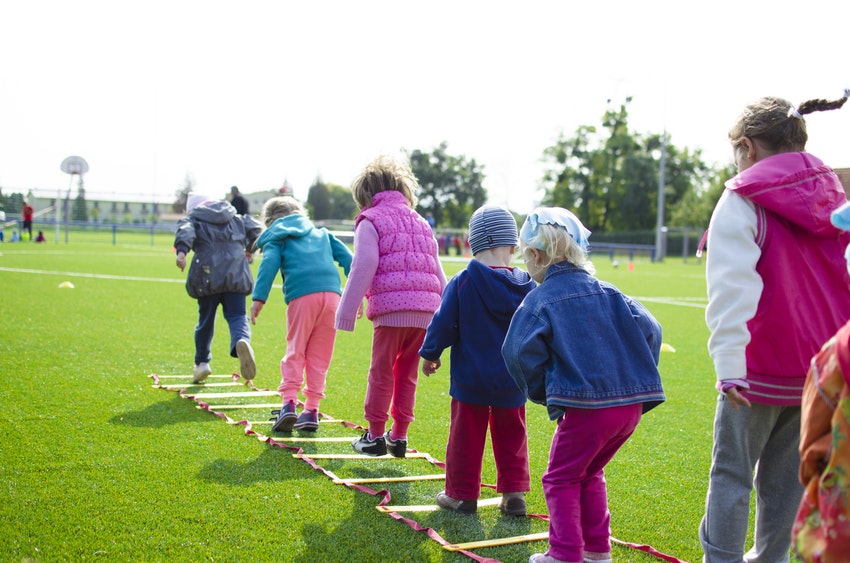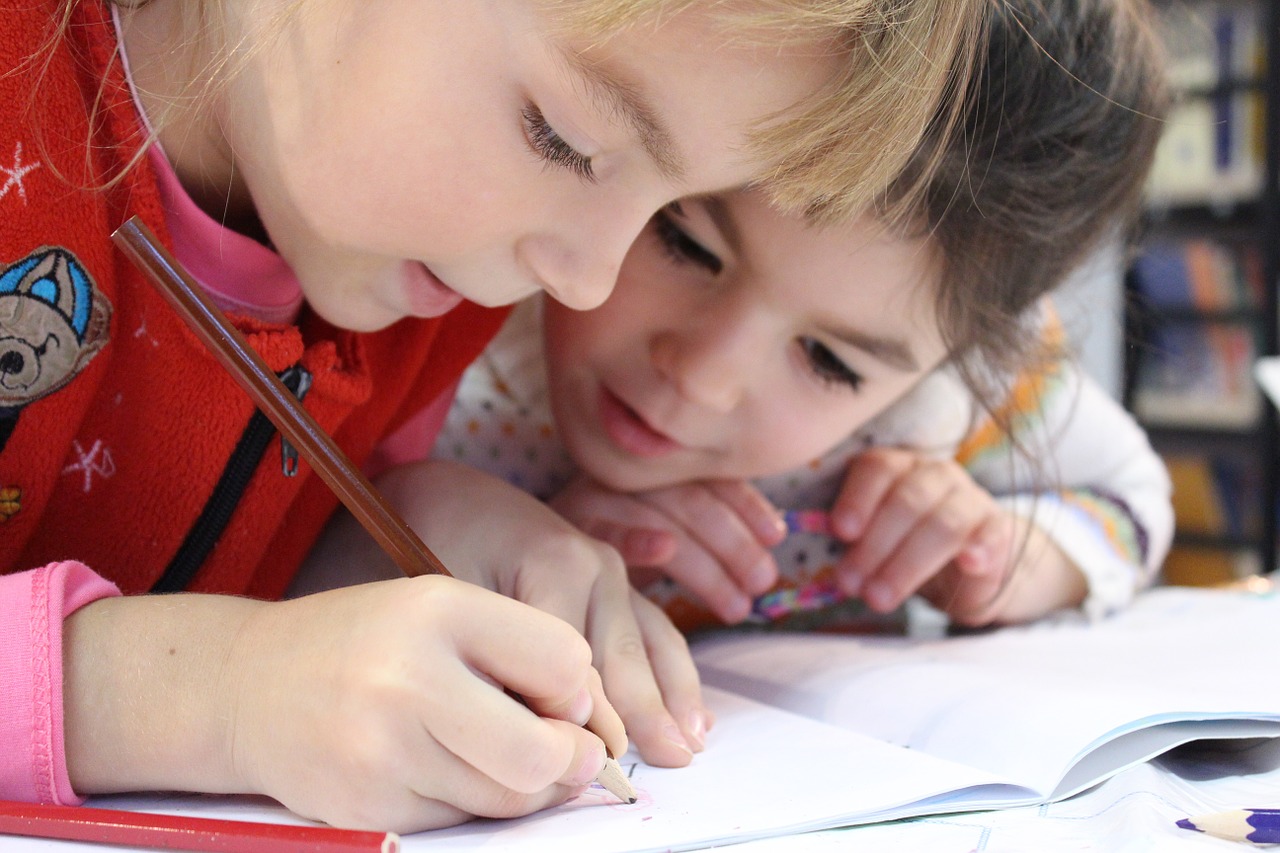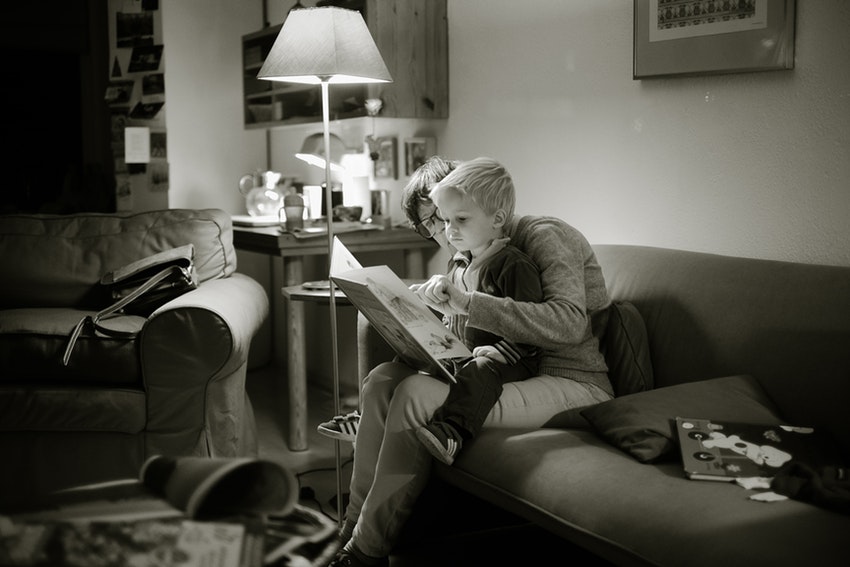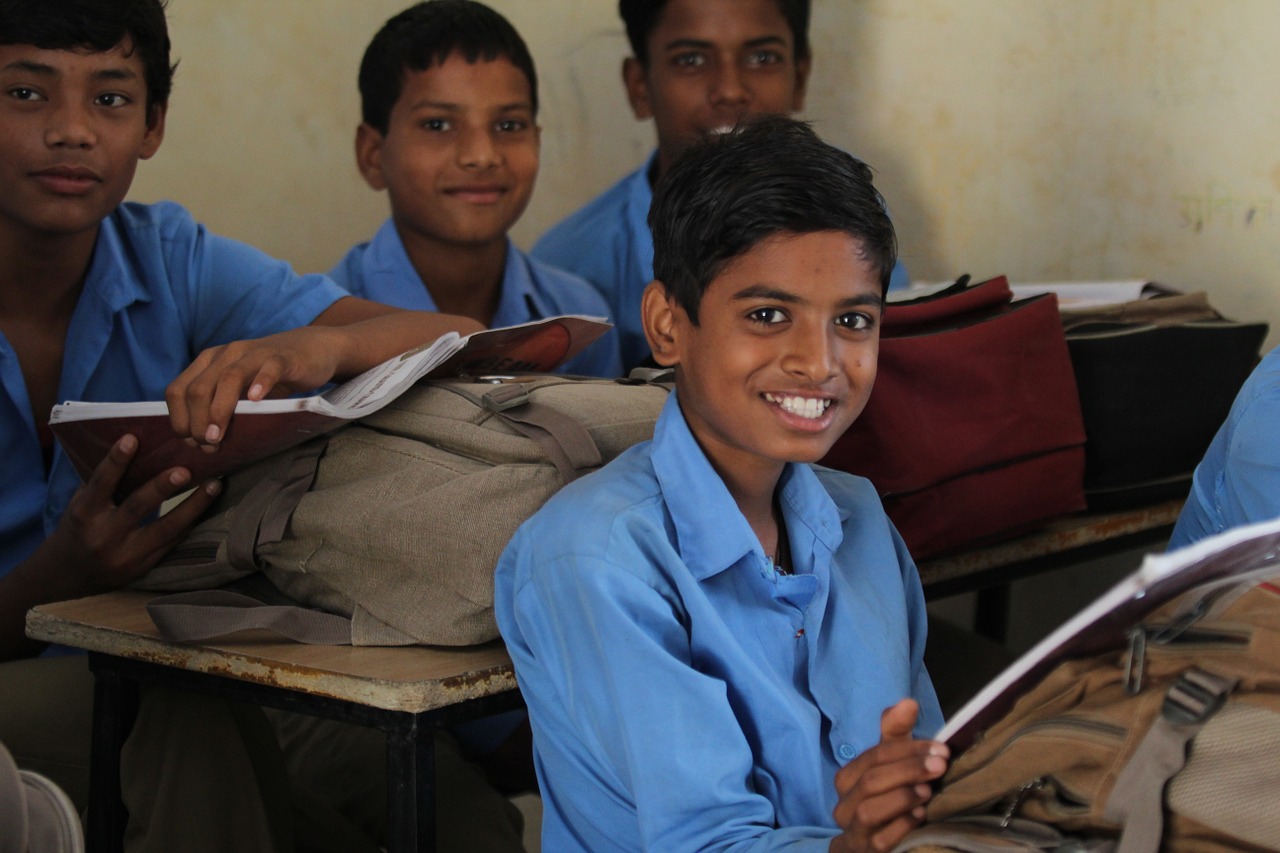September is the beginning of the school year in many parts of the world. Some caregivers had to ease the anxious minds of their little ones being away from home for the first time. The world got to witness this moment when the United Kingdom’s Prince William accompanied his son to his first day of school just a few weeks ago. This rite-of-passage in a child’s life is sometimes met with separation anxiety. As a social worker that addresses childhood development, I had the pleasure of speaking with author Edmund Weisberg who tackled this exact concern in his recently published children’s book While You’re At School.
Weisberg uses silly, touching, and informative scenarios to depict what might occur while children are away from home. His artful language and thoughtful scenarios reassure children that no matter what their caretakers do during the day, from the mild to the wild, thoughts of the child are never far away. Like any children’s book, the pictures are as vital as the words. Weisberg partnered with a well-established illustrator and grandmother, Loel Barr, whose drawings capture the quirky scenarios he wrote in vivid form. Barr’s ability to grasp the vignettes from her partner’s imagination allow for children to gain an age-appropriate perspective of what adults may do on their own.

PHOTO CREDIT: LUKAS BLAZEK
The idea behind While You’re at School stems from Weisberg’s memories of when he was heading off to school for the first time and wondered what his mother did all day without him. He recognizes that he was an inquisitive child and in his kindergarten mind, he conjured many of the scenarios that came to life in his book. As a professional writer, Weisberg knew he wanted to place his childhood inquiries into a playful narrative. It became clear throughout our conversation that he is a sensitive soul. He feels deeply and is all too aware of individuals’ struggles, especially those of children. Here, he hopes to soothe the fear of abandonment in an inclusive way, ideally embracing all children regardless of living arrangement or family structure.
Weisberg has an uncanny way of connecting with children through verse. His love of reading started at a young age. As a child, he recalls growing up reading books to other children, at his mother’s prompting. Also, he lovingly remembers being read to by his parents and how it captured his own imagination as well as enriched his own development. As many parents can attest, a child’s love of a particular book can cross the border toward obsessive. Dr. Seuss’s Green Eggs and Ham was such a book for Weisberg, and provoked his parents to wonder whether he’d ever want to hear or read any other stories.
Weisberg is a true advocate for civil rights and fair treatment. His eloquent scenes introduce children to a world where everyone is included. With separation anxiety as the driving theme in While You’re at School, Weisberg intertwines scenarios to which any child from any family unit can relate. As such, this delightful and comforting picture book features diversity of race, religions, socioeconomic background, sexual orientation, gender, and occupation.
 PHOTO CREDIT: ROBERT DE BOCK
PHOTO CREDIT: ROBERT DE BOCK
Tactfully, some of the caretakers depicted in his book are two moms working different jobs, a lawyer, a janitor, or a stay-at-home parent. Weisberg includes children who are in foster care or adopted, as he mentions “perhaps your guardian…” since this is a term many children who have different caregivers have heard and acknowledges there are many different types of families. The book embraces children that are cared for by their grandparents, or multigenerational families that either reside together or who work together. Ultimately, children are treated to a joyous romp that delivers a sense of relief, confidence, and comfort. All three key emotions envelop the young reader, as they are consistently exposed to the message that they are clearly still held in their caregiver’s mind while they are apart.
As a child psychotherapist, there are various forms I use to assist children in managing separation anxiety such as play and storytelling. The rhyming rhythmic words used in While You’re at School help to turn a challenging emotion into a fun game. Weisberg presents both serious and funny life experiences, which will bolster children’s understanding that life continues and there are beginnings and endings, even within a day. There is a leaving to school and a returning from school. Children are able to develop a sense of permanence, predictability, and routine. Storytelling is one of the best ways to convey this sentiment. Weisberg’s scenes set up the idea that things can happen and change gets easier with repetition. While You’re at School illuminates linkage between separations and returns.
Children who deeply miss their caregivers when they are away have a developmental hurdle to climb by re-establishing themselves on their newly discovered ground. A caregiver is encouraged to read this book to the child who is anxious about the separation process and experiencing first-day jitters. They will be reminded that what happens at the end of the day is a reunion with the one they love and that even when apart they are in each other’s minds and hearts. For a child who is simply preparing to start school, and may have butterflies about being away from their caregiver, this may just be the remedy.
 PHOTO CREDIT: KLIMKIN
PHOTO CREDIT: KLIMKIN
Edmund Weisberg’s whimsical and inviting children’s book While You’re at School creates a sanctuary where children can journey, in realistic and fantastical ways, through what may happen in the lives of their caretakers while the child is away at school. This juxtaposition will enable children to laugh, let go, and live with the newfound understanding that if they are anxious or curious while away from home, they are safe. Children are secure in the knowledge that they will soon see mom, dad, or whoever else takes care of them at the end of the day.




 PHOTO CREDIT: ROBERT DE BOCK
PHOTO CREDIT: ROBERT DE BOCK






